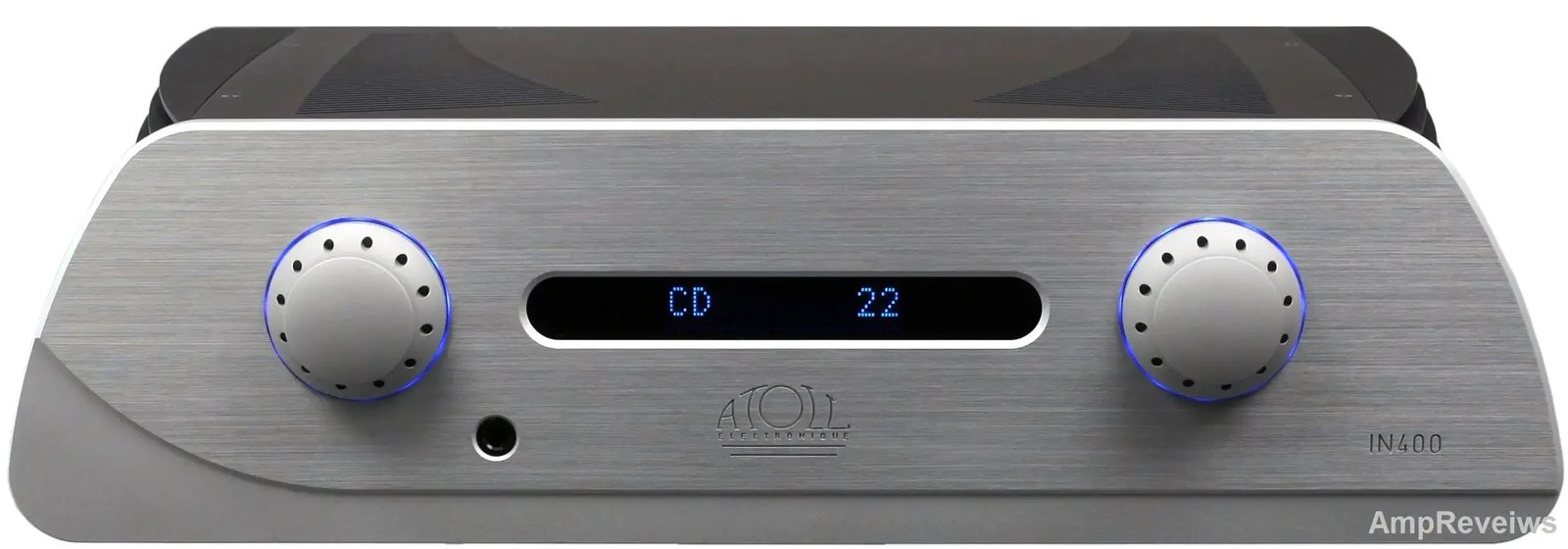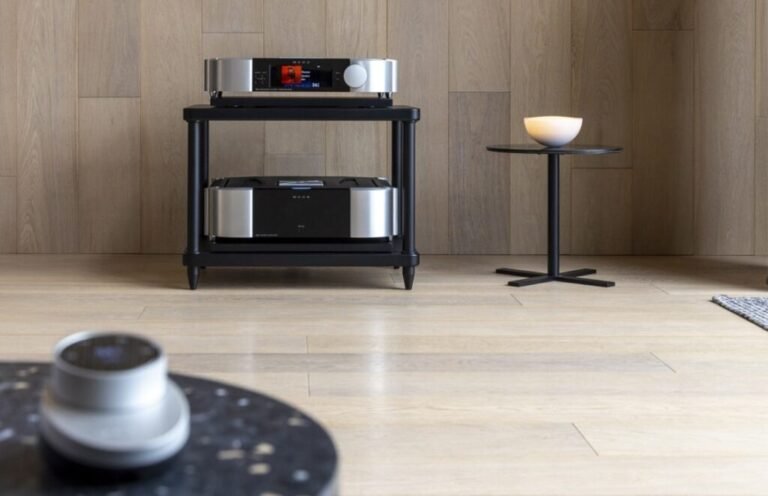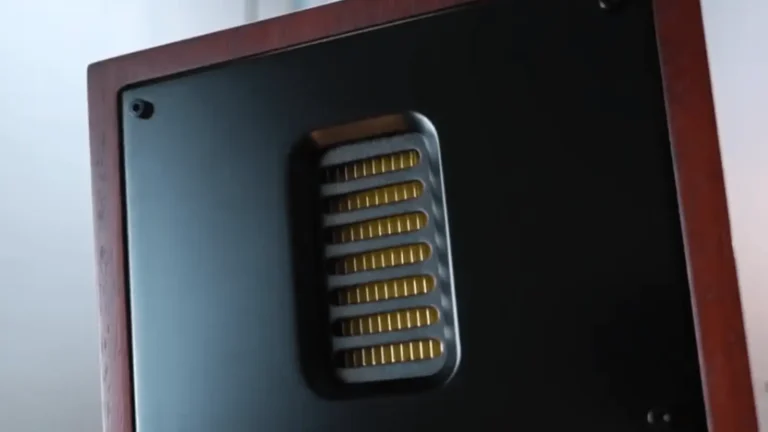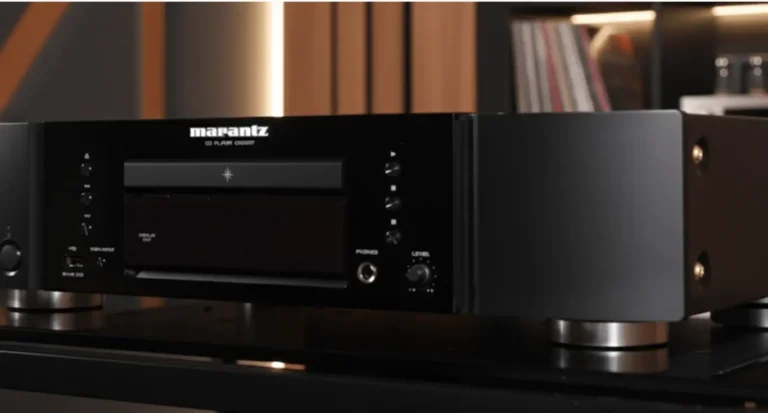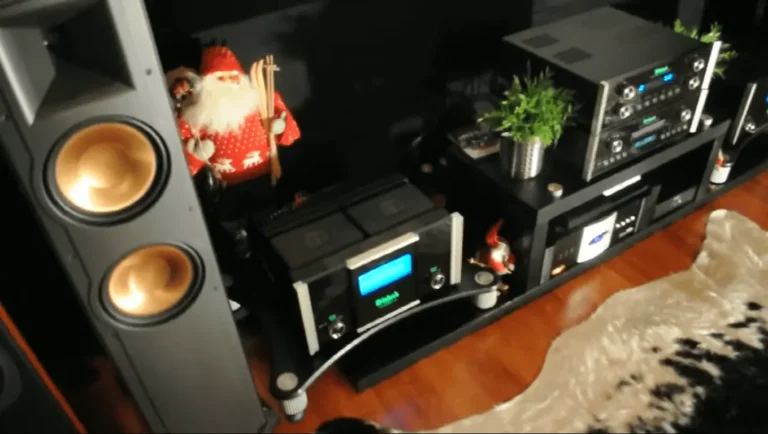Atoll IN-400 SE Review: Can It Really Compete With Amps Twice the Price?
Let’s get straight to the point: the Atoll IN-400 SE isn’t for those chasing the latest digital bells and whistles. It’s a triumphant return to form for the serious audiophile, a meticulously crafted integrated amplifier that prioritizes one thing: pure, unadulterated analog bliss. Don’t be fooled by its user-friendly design—this amp packs a serious punch, delivering a rich, natural, and powerful sound that effortlessly drives even the most demanding speakers. It is a top contender in the high-end audiophile arena.
A Legacy of Sound: Upping the Ante
For over two years, the Atoll IN 300 has been a staple on our reference shelf. With its impressive power, built-in DAC, and sound defined by speed and precision, it consistently amazed us and our visitors. So, when we heard that the flagship IN-400 SE was a significant step up, we were naturally skeptical. Could Atoll improve that much on an already stellar formula?
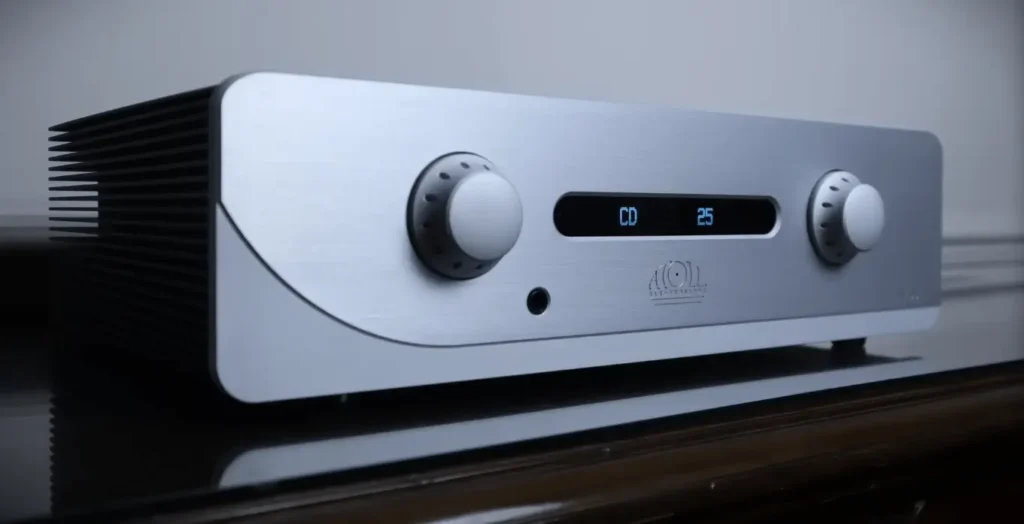
Stephane Dubreuil, the developer behind these French amplifiers, has a gift for creating compelling sound at any price point. With the IN-400 SE now in our listening room, its unique design—with a front panel that tapers distinctively upwards—commands attention. It’s a departure from the classic hi-fi aesthetic, but it promises an auditory experience that could once again redefine our expectations.
Under the Hood: A Masterclass in Engineering
Weighing in at a substantial 42 pounds (19 kg), the IN-400 SE is built like a tank. Inside, its design philosophy becomes clear.
- True Dual-Mono Design: At its heart, this is a true dual-mono amplifier. The left and right channels are completely separate, from the power transformers to the volume controls, ensuring perfect channel separation and a massive, stable soundstage.
- MOS-FET Power: The amp utilizes eight MOS-FET transistors per channel, a choice favored by many audiophiles for their tube-like warmth and natural tonal character.
- Purity of Signal: A minimalist approach to negative feedback circuitry is used, which helps preserve the purity and immediacy of the audio signal.
- Fast-Switching Power Supply: Instead of relying on large, sluggish capacitors, the IN-400 SE employs multiple smaller, faster filter banks connected in parallel. This results in lightning-fast power delivery and incredibly responsive dynamics.
This is a purely analog amplifier by design. While it includes a single USB input for convenience, its true potential with digital sources or turntables is unlocked with high-quality external DACs and phono stages.
The Sound Test: Power, Poise, and Musicality
During the listening test, the audio qualities of the IN 300 were already lauded, particularly its speed and precise dynamics. However, Frank Urban’s assertion about the IN 400 SE proved accurate. This flagship model not only maintains the agility and precision of its predecessor but also introduces a subtle warmth in the lower frequency range. This addition, coupled with its remarkable composure and poise throughout the playback, elevates the listening experience significantly. Atoll IN 400 SE Review
You May Also Like: Naim Uniti Nova VS Margules-I-240 Comparison
Notably, the IN 400 SE enhances the finer nuances of sound reproduction. From the delicate shimmer of triangles to the commanding presence of vocal performances and the rich timbres of classical instruments like violins and guitars, the amplifier breathes new life into every note. Moreover, its ability to convey the depth and plasticity of the soundstage adds an immersive dimension to the listening experience. Atoll IN 400 SE Review
A standout moment during the test was the playback of James Blood Ulmer’s “Crying,” a renowned live recording. With the IN 400 SE in action, the intensity of the performance was palpable, drawing the listener closer to the essence of the live demonstration. Additionally, the amplifier’s handling of cymbals exemplified its prowess, allowing them to resonate with a prolonged, finer, and more natural decay, further enhancing the overall musicality. Atoll IN 400 SE Review
The comparison was clear: the IN 400 SE is a more powerful and sophisticated version of the IN 300. To put it to the test, we pitted it against another amplifier in the same price range, the Cambridge Edge A, which is also one of our reference models. The Edge A excels in its fine and transparent sound reproduction, especially in rendering delicate details like guitar strings and glockenspiel notes, as well as in handling complex orchestral compositions. In this aspect, it outshines the IN 400 SE.
However, where the Atoll shines is in its robust power delivery, akin to a powerful engine with plenty of torque. While it may not be the fastest on the highway, it certainly packs a punch at the traffic lights. This power is particularly impressive for those who enjoy electronic music with rich bass beats. Additionally, we compared it to the Neukomm CPA155S, which matches the Atoll in precision and power but lacks the charm in the mid-range frequencies that the French amplifier offers.
Overall, the Atoll IN 400 SE reminds me of the Hegel H590, another exceptional amplifier, but with almost double the performance and price tag. During our tests, we connected a variety of speakers to the IN 400 SE, ranging from the quiet TAD Compact Evolution One to the demanding Canton A55, and found that none of them caused any issues with the amplifier’s performance. It consistently delivered exceptional sound quality, showcasing its versatility and ability to complement different speaker setups a rare feat indeed.
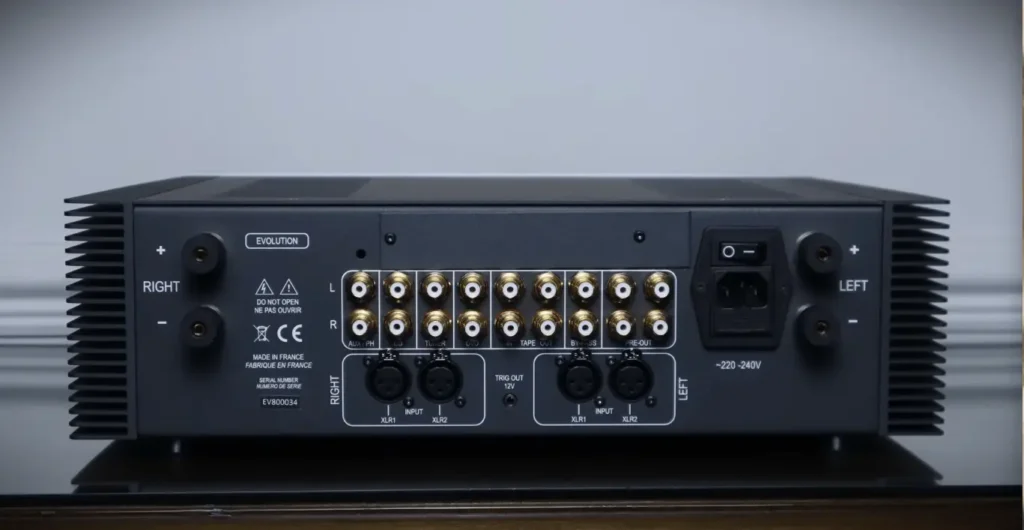
Putting it in Context: Competitor Comparisons
- vs. Cambridge Edge A: The Edge A, another reference model, may have a slight advantage in rendering the most delicate, transparent details. However, the Atoll counters with its sheer, robust power delivery. Think of it as a high-torque muscle car; it has an undeniable authority and punch that is thrilling, especially with bass-heavy electronic music.
- vs. Neukomm CPA155S: The Neukomm matches the Atoll in precision and power, but it can’t replicate the captivating charm and richness the French amplifier delivers in the mid-range frequencies.
- vs. Hegel H590: The overall performance of the IN-400 SE is reminiscent of the exceptional Hegel H590, an amplifier that comes with nearly double the price tag.
Throughout our testing, we connected a wide variety of speakers, from the easy-to-drive TAD Compact Evolution One to the demanding Canton A55. The IN-400 SE never broke a sweat, maintaining its composure and delivering exceptional sound quality with every pairing, a rare feat indeed.
Final Verdict
The Atoll IN-400 SE is a triumph of purposeful design. Stephane Dubreuil hasn’t chased fancy features; instead, he has focused on meticulous component selection and flawless execution. The result is a supremely powerful, natural-sounding amplifier that outperforms many competitors in its price class (under €5,000). It delivers clarity and accuracy while always feeling like it has limitless power in reserve. If you value pure analog sound and uncompromising performance, the Atoll IN-400 SE is one of the best integrated amplifiers you can buy. Highly recommended.
Atoll IN 400 SE – Technical Specifications
| Feature | Specification |
|---|---|
| Power Output | 160 W per channel (8 Ω) / 300 W per channel (4 Ω) |
| Amplifier Type | Dual-mono design, Class A (up to ~10 W), then Class AB; 8 MOSFETs per channel |
| Power Supply | 1,015–1,050 VA toroidal transformer; linear regulation |
| Capacitance | ~93,400 µF total filtering |
| Frequency Response | 5 Hz – 100 kHz |
| Total Harmonic Distortion | 0.05% (at 1 kHz) |
| Rise Time | 2.5 µs |
| Input Impedance | 220 kΩ |
| Sensitivity | 350 mV |
| Signal-to-Noise Ratio | 100 dB |
| Digital-to-Analog Converter | USB‑B input supporting PCM up to 24‑bit/96 kHz (XMOS XHRA‑2HPA) |
| Analog Inputs | 5× RCA (incl. AUX for optional phono), 1× XLR, 1× Bypass |
| Digital Inputs | 1× USB B (24-bit/96 kHz) |
| Outputs | 2× speaker, 2× preamp, 1× tape |
| Headphone Output | 6.35 mm front panel jack |
| Display | Low-power OLED |
| Controls & Remote | Front-panel knobs for volume, input, balance, backlight; includes full-feature remote |
| Chassis | 2 mm steel body, 10 mm machined aluminum front panel, solid-aluminum side heatsinks |
| Speaker Terminals | WBT-type high-quality |
| Dimensions (W×H×D) | 440 × 130 × 370 mm |
| Weight | ~19–20 kg |
| Optional Phono Module | P100 (MM/MC) or P50 (MM) phono board for AUX input |
| Build Origin | French-made, parts from Brittany, Lorraine, Basque Country, Rhône-Alpes, Normandy |

